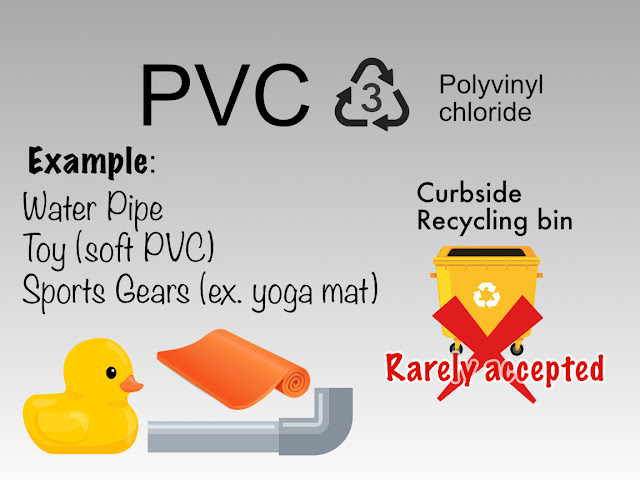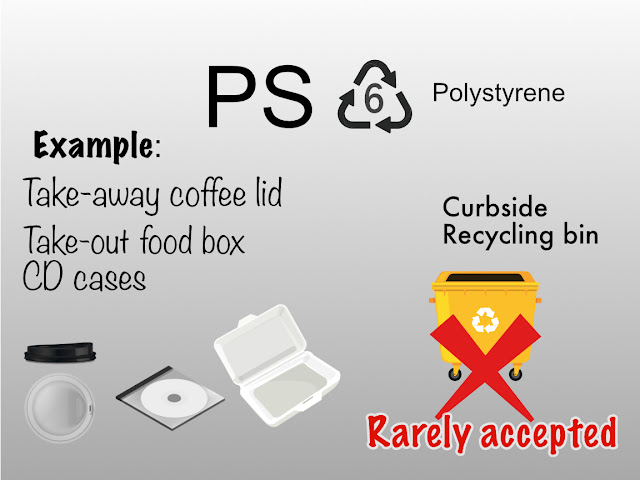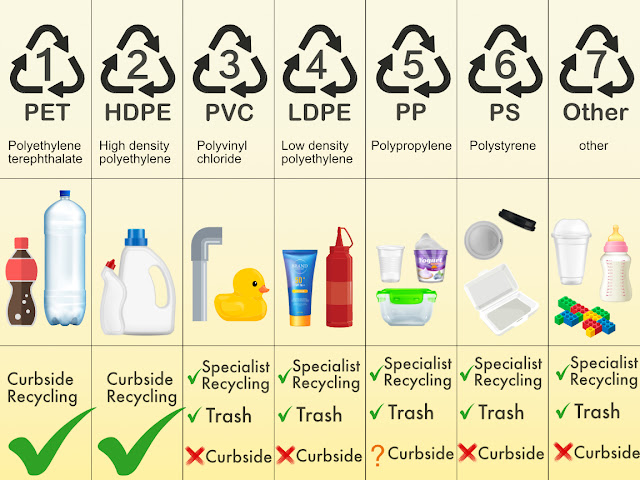Plastic recycling works, but the global recycling rate of plastic is only about 9%. There is so much improvement that we can still make! You may wonder if recycled plastic emits more carbon than making plastic from oil as LEGO recently said. However, there are other reasons why we should strive more to recycle plastic:
Reduce microplastics in food
Besides the primary microplastics in cosmetics, all plastics degrade slowly in nature. After long exposure to sunlight, plastics break down and finally become the particles less than 5mm in diameter, namely secondary microplastics. Microplastics go to water and then appear in the ocean. Fish eat microplastics and you eat the fish. Microplastics enter into food and into your body this way. No one can avoid them.
Prevent landfills from explosion
Among the 91% un-recycled plastics, 11 million tons of them reach the ocean, and 70% will go to the landfill. Land is limited. Sea level is rising, too. How many lands will we have for burying the waste in the coming 10~20 years?
Save animals and environment
Every year about 11 million metric tons of plastic waste pollution end up in the oceans. Sealife get killed by entangling or choking on plastics.
The effort you make for recycling plastic now will be worth it for the future. After you dispose of plastic in the right recycle bin, it goes through this process: transport to facilities, get sorted, cleaned, shredded, melted, and made into pellets.The recycled plastic pellets will be sold to manufacturers to make new plastic products. Though the process sounds like a lot of work, recycling one ton of plastic can save up to 16.3 barrels of oil, which equals to 410 gallons of gasoline.
Recycling plastic is now a good business, but there are various types of plastic. Not all plastics are accepted in your local recycling service. Sending plastic to the wrong bins can cause troubles to recycling facilities and workers or contaminate other recyclates. The rules for collecting plastic are never the same among countries, towns or even just neighborhoods. There are huge amounts of plastic products. Unless you are an amazing zero waster, everyday you must generate some plastic waste.
The plastic accepted by curbside collection differs depending on where you live. Because curbside recyclings are run by the local government, what they can accept depends on their local facilities or their contractors. But you can quickly draw a clear picture in mind if you know the following principles:
1. Learning Resin Code will make you a recycling hero
Resin code deciphers most plastic things. Certain types of plastic are commonly accepted so you can quickly predict if a piece of plastic is recyclable or not. By simply knowing their resin id, you can be less confused in front of a bin. There are only seven categories in the Resin Code. You see these products everyday. Getting familiar with plastic types, knowing how to recycle them will make you a real life expert. Marking resin code on the product is not mandatory but now most plastic packaging indicate its resin code.
# 1 PET Plastic (Polyethylene terephthalate)
You may have seen a number wrapped by chasing arrows. This is plastic number one. Light-weight. Water bottles are PET plastics. PET is widely accepted in most curbside collections because they have good recycling value. In Europe, a law requires all new PET plastic bottles containing 25% recycled PET, so recycled PET (rPET) has the end market to go. rPET is also a material for clothes. PET recycling is now a successful model which inspires businesses to collect and users to recycle.
# 2 HDPE High-density polyethylene
Since it does not react to chemicals, HDPE is usually used for packing detergent, household cleaning chemicals, and shampoo. Juice and milk too. It's the second widely accepted plastic. When HDPE gets recycled, they will get cleaned and be separated by its density, shredded, and meltdown to become pellets. The recycled HDPE pellets can be sold to manufacturers to make new containers or other downcycled products, like furniture, piping, decking, racks and toys.
# 3 PVC Polyvinyl Chloride
PVC is strong, light-weight, durable, resistant to chemicals and cheap. PVC is used a lot for building materials, such as pipes, window frames, automobile parts, sporting equipment, camping gears and raincoats. However, the recyclability of PVC is still low. They are harder to recycle, so most recycling centers don’t do that . Unless it is specified in your area, usually you can't dispose of PVC in curbside recycling bins.
# 4 LDPE Low-density polyethylene
Soft, squeezable plastic like ketchup bottles. Usually it is not accepted. Or you need to read the guide carefully or check with your local government.
# 5 PP plastic (Polypropylene)
Durable, light-weight, not reacting to chemicals. They are commonly used as yogurt containers, straws, take-out containers. Polypropylene recycling is tricky. It is theoretically recyclable but not accepted by many curbside recycling bins. You need to make sure with the local government or find a specialist recycler.
# 6 PS Polystyrene
PS has two types. Expanded and rigid. Expanded Polystyrene (EPS), also called styrofoam, eps foam, widely used for packing blocks, meat trays and take-out coffee cups. Inside your beer coolers and helmets, there are also some styrofoam. It is good for insulation and buffering. As to rigid polystyrene, you can see them in toys or coat hangers. Polystyrene isn't commonly widely accepted in curbside recycling bins. Some may accept rigid polystyrene, but expanded polystyrene is rarely accepted. You can only dispose of styrofoam in trash. Because the industries don’t do styrofoam recycling, please avoid styrofoam packing as much as you can.
# 7 OTHER
This group is made of plastic with exceptional traits. They are often NOT accepted in curbside collection because they are not so common to have profits. For example,
- Polycarbonate (PC)
- ABS
- Acrylic
- PLA
2. Only plastic packaging is accepted
Typically, most curbside recycling bins only take plastic packaging. Your household stuff like plastic toys, furniture, clothes hangers are not acceptable.
3. No black plastic
Many of the facilities don't want black plastic, regardless of its materials, because the black pigment will degrade the quality of recycled pellets and lower the resale value of recycled pellets. Check with your local government for the acceptance of black plastic.
4. Plastic meat tray
- White meat tray:
- Black Meat tray:
- Clear meat tray:
5. Spray and pump
Spray and pump often contain some metals. No matter what type of plastic they are, they need to go to trash.
In short, what type of plastic is accepted by curbside recycling differs from place to place. But it’s universally true that recycling makes you a hero. Besides recycling, you can also avoid buying unnecessary stuff, embrace recycled plastic products, and choose the recyclable plastic packaging when you shop.
Refer to the quick guide for your daily recycling fun ! For PP 5(Polypropylene), there are growing numbers of curbside recycling services which accept it, so you can make sure with local government to see if PP is accepted in your area.















0 Comments